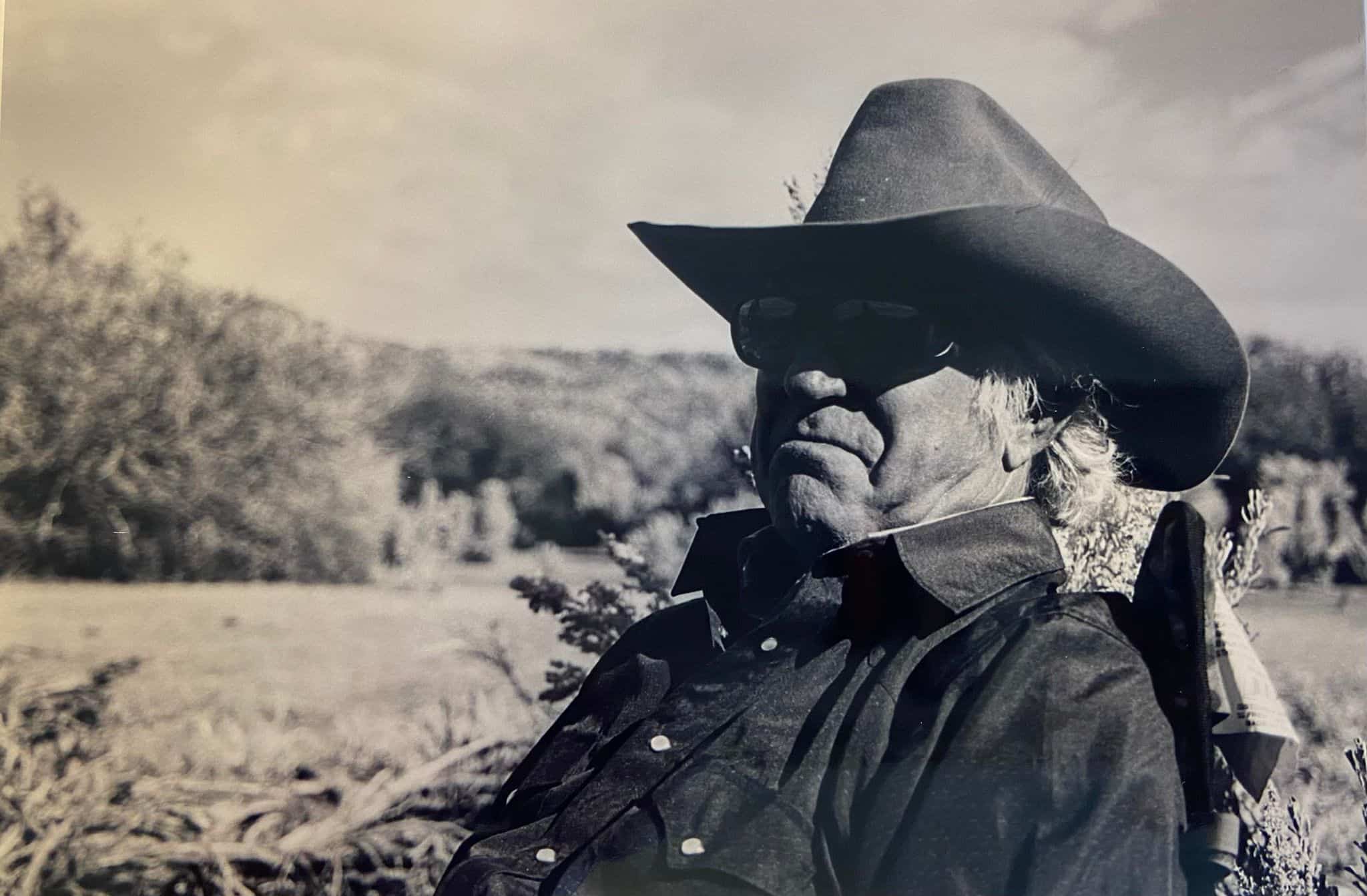The Equine Digestive System: A Food Factory
- Topics: Article, Digestive System
The equine digestive system is a complicated factory that is designed to process small amounts of food frequently and convert them into nutrients that can be absorbed and produce energy. The same, concerning the end result, could be said of the cow, pig, dog, cat, or even man. But, the horse’s digestive system is unique, and perhaps more prone to problems than most others.
 |
This is not because of poor design, but is the result of humans changing what nature intended for the horse.
In the wild, horses have little to do but eat, stay out of the way of predators, and procreate. This means they range across the countryside, selecting immature forages that are easy to digest. They graze as they roam, consuming small amounts of food throughout the day and even at night. Under this scenario, there are few digestive problems.
However, man has altered Nature’s scheme. First, he often adds workloads that require more than just grass to provide the necessary nutrition. Second, in many cases, all choices have been taken from the horse. He no longer roams at will, picking out choice spots for grazing. Instead, he is confined to pastures or paddocks where there might be little to choose from in the way of food. He eats what is there or is provided by his caretakers
Create a free account with TheHorse.com to view this content.
TheHorse.com is home to thousands of free articles about horse health care. In order to access some of our exclusive free content, you must be signed into TheHorse.com.
Start your free account today!
Already have an account?
and continue reading.

Written by:
Les Sellnow
Related Articles
Stay on top of the most recent Horse Health news with












